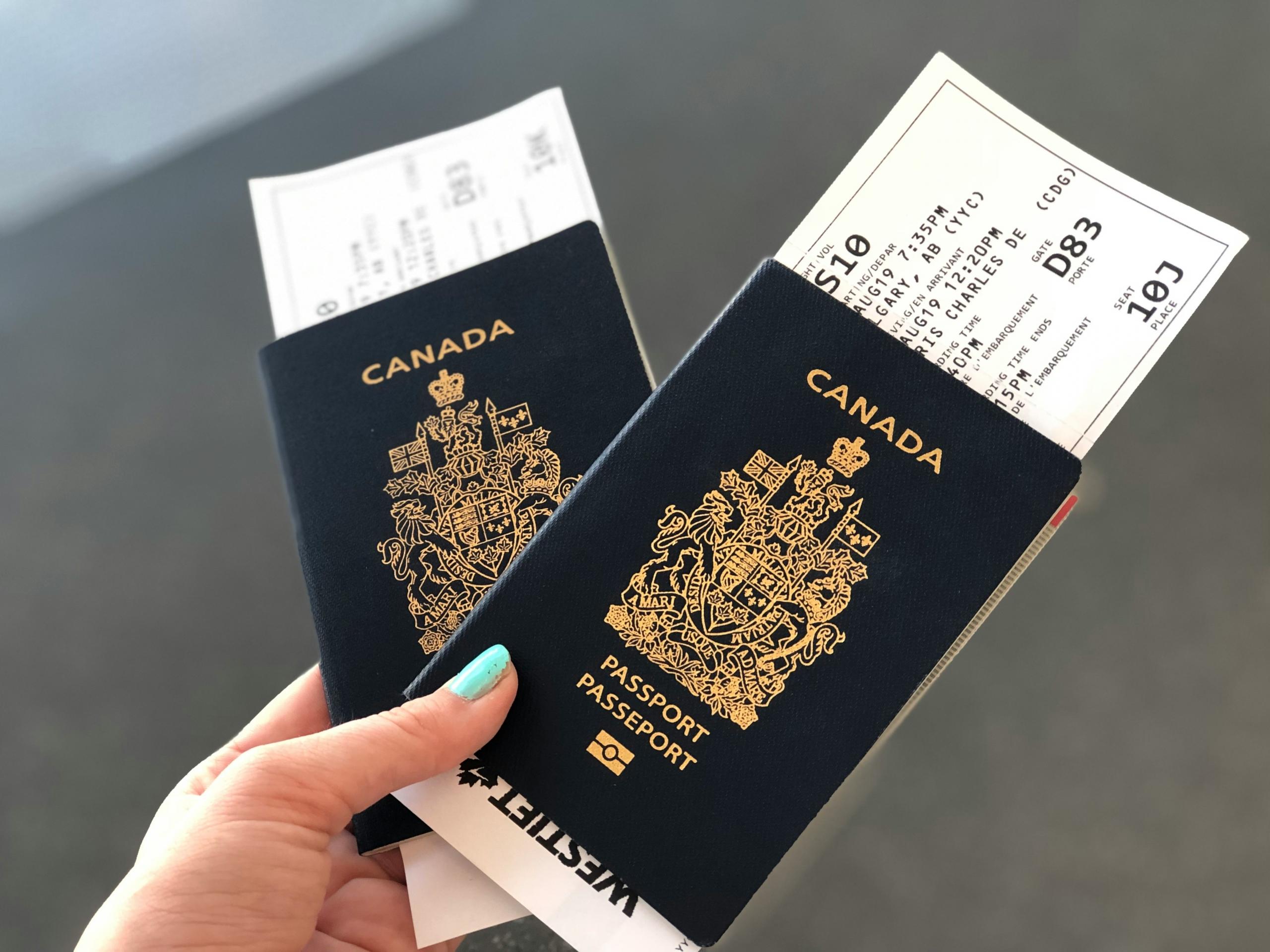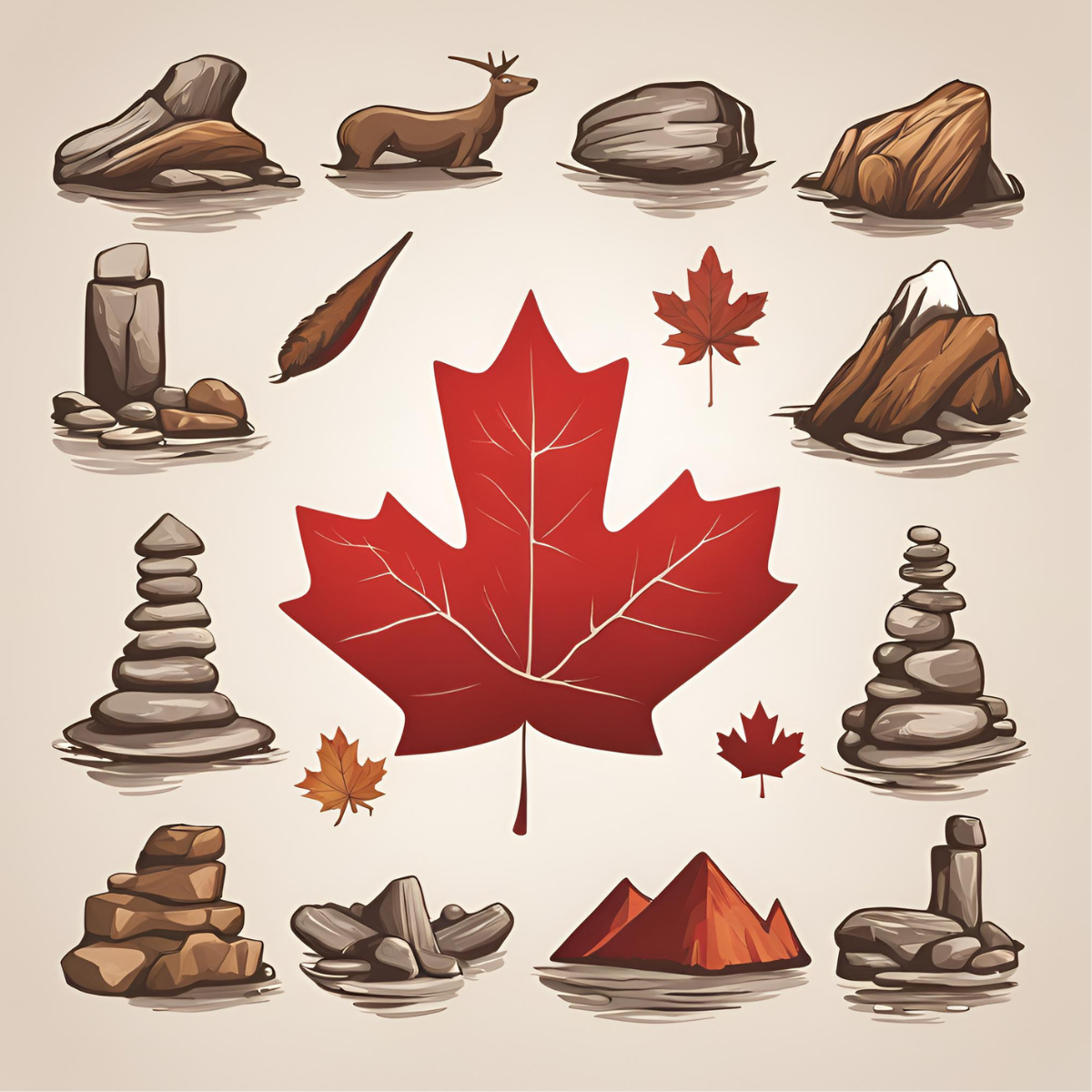From the industrious beaver to the resilient maple leaf, these symbols are more than just images; they represent the Canadian people's values, heritage, and unity. Canada is a nation rich in history and culture, and its iconic symbols beautifully reflect its identity.

The Beaver: Canada’s Industrious Symbol
The beaver is often seen as a symbol of Canada, embodying the nation’s values of hard work, perseverance, and resourcefulness. Historically, the beaver played a crucial role in shaping Canada’s early economy through the fur trade, which was central to the country’s development and expansion.
The beaver’s dynamic nature, reflected in its ability to build complex dams and create ecosystems, mirrors the resilience and determination that Canadians pride themselves on.

Officially recognized as a national emblem in 1975, the beaver’s significance extends beyond its historical importance. It is a powerful reminder of Canada’s deep connection to nature and the environment, representing how the natural world has profoundly influenced the nation’s identity. The beaver is not just a historical symbol but also a reflection of the sustainable values and environmental consciousness that are increasingly important in modern Canada.
The beaver’s image is prominently featured on the Canadian nickel, and its presence in various emblems and logos, from businesses to governmental institutions, reinforces its status as an enduring national symbol.
This enduring presence reminds Canadians of their heritage, the natural landscapes that have shaped their nation, and the enduring spirit of resourcefulness that continues to define the Canadian character. The beaver embodies the core of Canadian identity through its dynamic nature and environmental influence, making it a fitting and enduring national symbol.
The Maple Leaf: Unity and Pride of a Nation
The maple leaf is one of the most recognized symbols of Canada, representing the nation’s unity, peace, and natural beauty. Its significance dates back to the early 18th century when it was adopted as a symbol by French Canadians in Quebec and later by English Canadians.
Over time, the maple leaf became a symbol of Canada’s vast and diverse landscape, mainly because of the maple tree’s abundance in the country’s forests. The vibrant red of the maple leaf is also associated with the changing seasons, reflecting the cycle of life and renewal central to the Canadian experience.

The maple leaf represents the values of tolerance, peace, and inclusivity that are core to Canadian society, making it much more than just a symbol of nature—it means the country's ethos and spirit.
The maple leaf’s presence is ubiquitous in Canada, found on everything from government logos to sports team uniforms, emphasizing its role as a unifying symbol. It is also a key feature in Canadian military insignia, representing the bravery and dedication of those who serve the country. The maple leaf is prominently displayed during national celebrations like Canada Day, symbolizing national pride and unity.
The maple leaf, with its simplicity and profound symbolism, captures the essence of Canada. It represents not only the country’s natural beauty but also the values of unity and peace that define the nation. As a fitting and enduring emblem of Canada, the maple leaf continues to inspire and unite Canadians, making it a timeless symbol of the country's identity.

The Coat of Arms: Canada’s Tapestry of Heritage
The Coat of Arms of Canada is a powerful emblem that encapsulates the country’s rich history, cultural diversity, and sovereignty. Officially adopted in 1921, the Coat of Arms combines symbols representing Canada’s founding nations — England, Scotland, Ireland, and France—with uniquely Canadian elements like the maple leaf.
Each element of the Coat of Arms tells a story of Canada’s journey from colonial roots to a sovereign nation. The lion and unicorn, representing England and Scotland, flank the shield, emphasizing Canada’s historical ties to the United Kingdom.
Here are the 4 prominent features on the Canadian coat of arms:
Symbolizing the monarchy's sovereignty over Canada.
Which includes emblems representing England, Scotland, Ireland, and France.
Consisting of a lion and a unicorn, representing England and Scotland, respectively.
Symbolizing Canada itself and the unity of its provinces and territories.

Much like the beaver and the maple leaf, the Coat of Arms represents Canada's enduring spirit, blending historical connections with the country’s distinct identity. It serves as a reminder of the nation’s values, heritage, and the diverse cultural influences that have shaped its character. As a timeless symbol, the Canadian Coat of Arms inspires and unites Canadians, reflecting the country's strength and resilience.
The Coat of Arms is prominently displayed in government institutions, on official documents, and in ceremonial contexts, symbolizing Canada's authority and governance. It is also featured on Canadian currency and military insignia, reinforcing its role as a national identity and pride symbol.
The Inukshuk: Guiding the Way in Canadian Culture
The Inukshuk is a symbol deeply rooted in Inuit culture, traditionally used as a guidepost in Canada's expansive and often harsh Arctic landscapes. These stone structures, resembling human figures, were vital for navigation, marking hunting grounds, and identifying sacred sites. Each Inukshuk represents community and survival, embodying the collective strength and resilience necessary for life in such environments.
In modern Canada, the Inukshuk has transcended its original purpose to become a symbol of unity, inclusion, and respect for Indigenous heritage. Its prominence during the 2010 Vancouver Winter Olympics highlighted these values, showcasing Canada’s commitment to honoring its diverse cultures while presenting a welcoming face to the world.
The Inukshuk, like the beaver and the maple leaf, has become an enduring emblem of Canadian identity. It symbolizes the importance of community, the guidance of past generations, and the resilience needed to thrive in challenging environments. Today, the Inukshuk continues to inspire Canadians, serving as a reminder of the deep connection to the land and the values that unite the nation.

Additional Symbols of Canadian Identity
In addition to the iconic symbols like the beaver, maple leaf, Inukshuk, and Coat of Arms, Canada is home to several other symbols that, while not as universally recognized, play essential roles in representing the nation’s identity.
The loon, featured on the one-dollar coin known as the "loonie," symbolizes Canada’s deep connection to its abundant wildlife and pristine natural environment. The loon, with its haunting calls and graceful presence on lakes across the country, embodies Canada's landscapes' tranquility and wild beauty. Its inclusion in the loonie highlights the importance of nature in Canadian life. It reinforces the idea that Canada’s natural resources and wildlife are central to its heritage and identity.
The loon, featured on Canada's one-dollar coin known as the "loonie," represents the nation's deep connection to its wildlife and natural beauty.
The totem poles of the Indigenous peoples of the Pacific Northwest are significant cultural symbols, representing ancestry, spirituality, and the rich traditions of Indigenous communities. Each totem pole tells a story, often commemorating ancestry, events, or stories integral to the community.
These towering structures are more than just art; they are a vital expression of cultural identity and continuity for Indigenous peoples. In a broader Canadian context, totem poles represent the nation’s respect for its Indigenous heritage and the ongoing efforts to recognize and honor these rich traditions within the national identity.
The hockey stick and puck are deeply embedded in Canadian culture, symbolizing the country’s passion for hockey, a sport that unites Canadians across regions and generations.
Hockey is more than just a sport in Canada; it is a cultural institution that brings people together, creating a sense of community and national pride. The hockey stick and puck symbolize this shared passion and the values of teamwork, perseverance, and fair play that are celebrated on the ice and throughout Canadian society.
The Royal Canadian Mounted Police (RCMP), commonly known as the Mounties, are iconic figures representing law, order, and the nation’s historical connection to the frontier. The distinctive red serge uniforms of the Mounties are recognized worldwide and symbolize Canada’s commitment to justice, service, and the protection of its people.
The Mounties symbolize national pride and integrity, embodying the values of honor and duty central to Canadian identity. Their presence in national ceremonies and their role in maintaining law and order throughout the country underscore their importance in the Canadian cultural landscape.
Together, these symbols—along with the beaver, maple leaf, Inukshuk, and Coat of Arms—enrich the tapestry of Canada’s cultural identity, each contributing to the nation’s unique heritage and the values that define it.


















